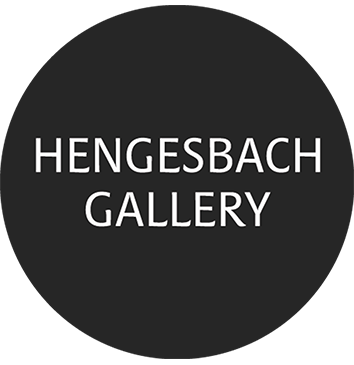Tristan Ulysses Hutgens
May 10 – July 29, 2022
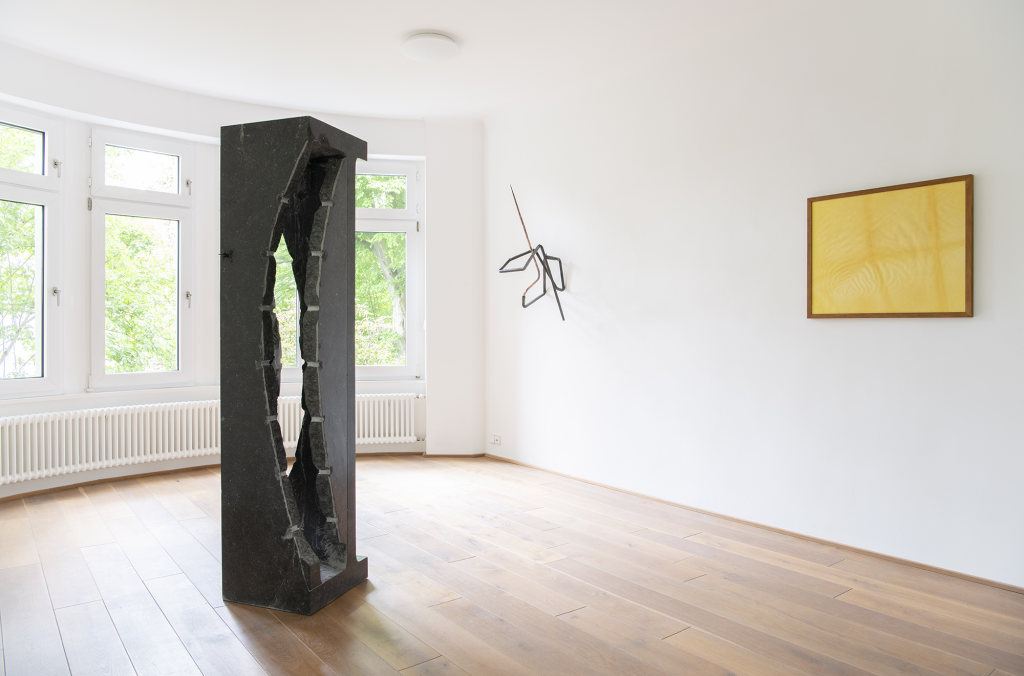
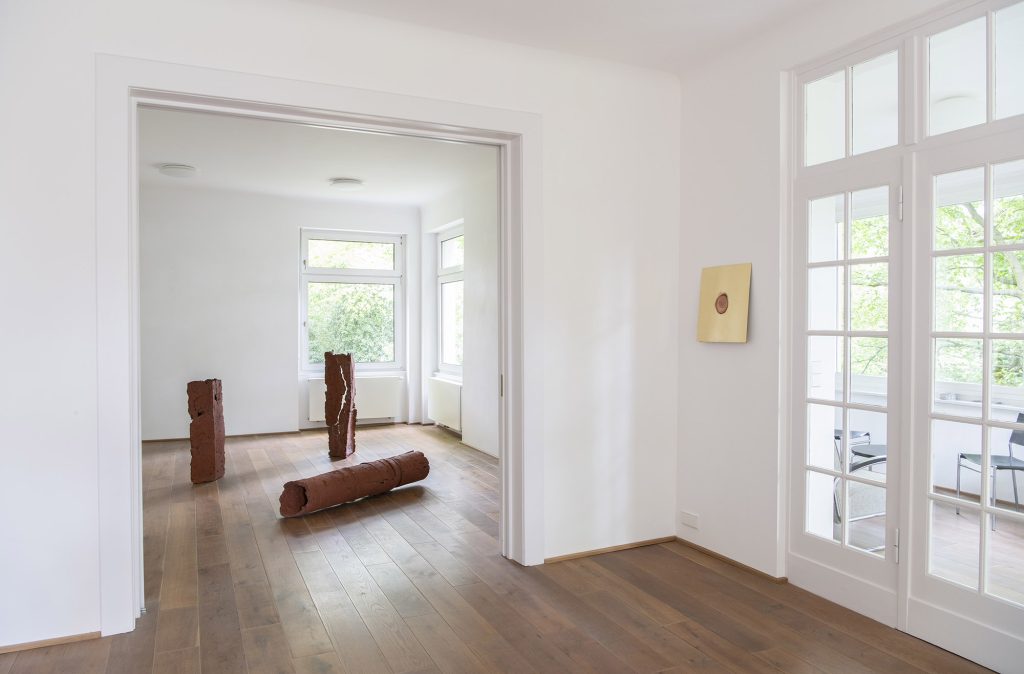
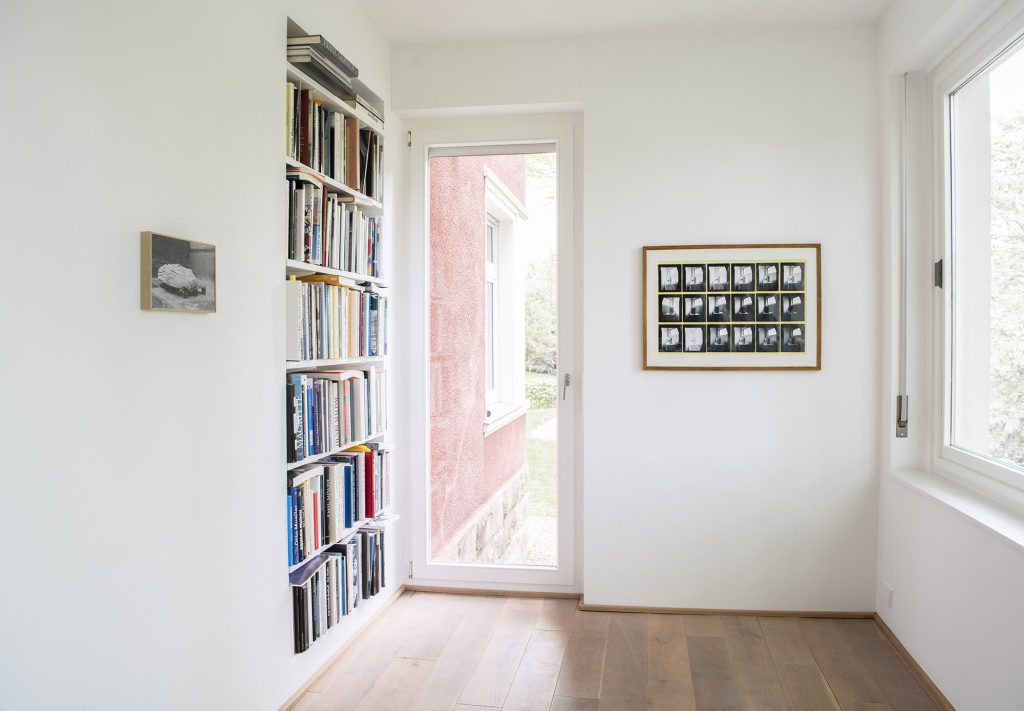
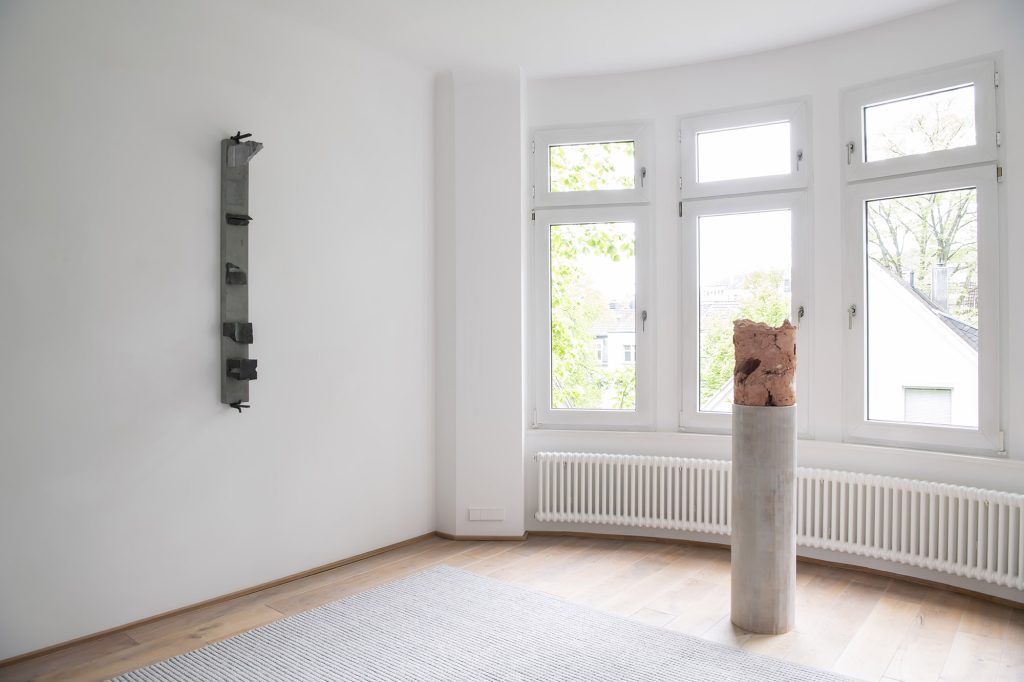
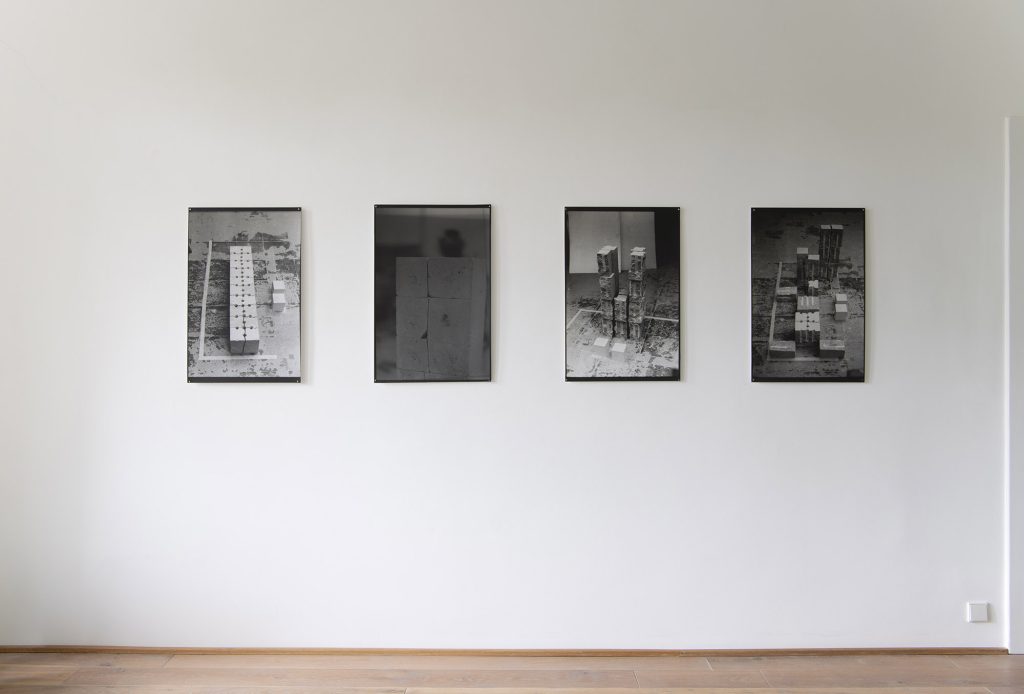
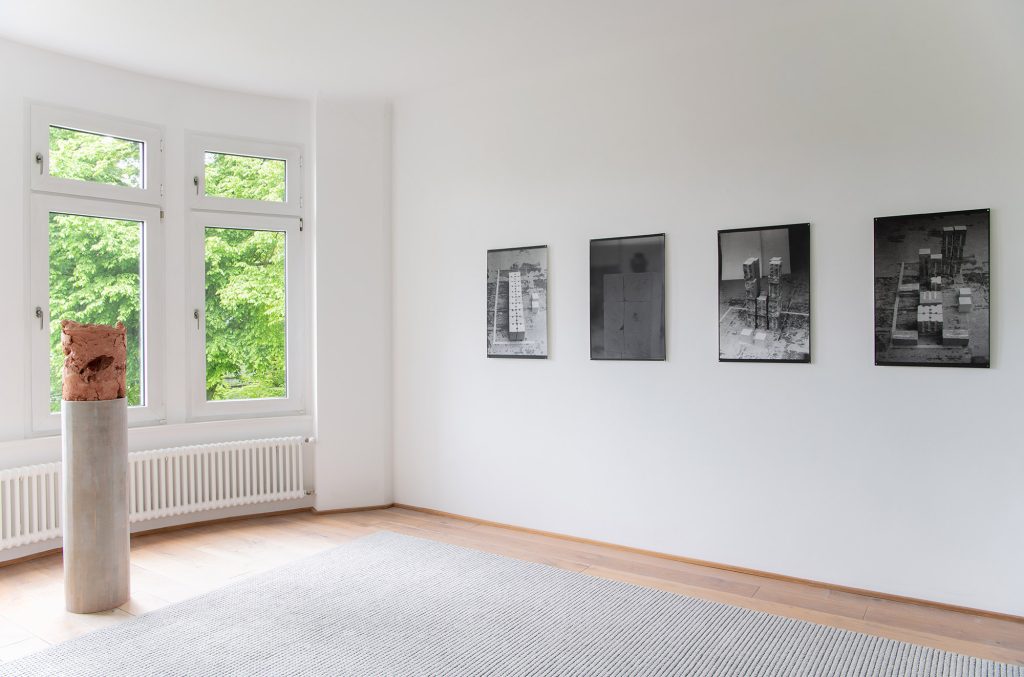
Since the 1960s, four new directions have been developed in contemporary sculpture as extensions of classical sculptural creation: within ‘Pop Art’, objects related to the everyday environment are altered in scale and materiality and modeled into pure surface objects that serve as images for our consumption and everyday fixations by highlighting their exteriors. In the second movement, everyday objects are not changed but are recontextualized in museums or art exhibitions, shifting our perception of them, known as ‘readymades’. In Minimal Art, industrially prefabricated parts are serially arranged into formal relational structures to confront the viewer with fundamental measurement systems in exploring their environment. Finally, in conceptual sculpture, the complex field of our tangible products and activities is selected to create tangible dummies that result in shifts in perspective and a reversal of knowledge.
None of these four directions can be assigned to the sculptural works of Tristan Ulysses Hutgens. Nor can he be classified as a traditional form-modelling sculptor. Although at first glance, some references to the expanded field of modern sculpture may be found in his work, these do not capture the core of his sculptural concern. Hutgens harbors a fundamental skepticism towards the contemporary turn of sculpture towards an engagement with the tangible. Instead, his endeavor is to question our devotion to the tangible more fundamentally. He tries to reconsider the material basis of the tangible and at the same time to more consciously examine our implicit self-understanding in handling materials, our practices and habits in processing materials that extend far back into cultural history, in order to also reflect on the interaction between material processing and our physical and energetic input.
Thus, Hutgens attempts to question the sedimentations of our cultural self-understanding, marveling at what our practices produce. And because he is interested in such origins, seeking out the ‘raw’ and the numerous possibilities for handling and intervention is more important to him than considering and tasting the result of the ‘cooked’.
Let’s consider the sculpture ‘Imprint of.’ It is the lead casting of two foam pads that were once slightly shifted, on which a round, heavy form stood and left its imprint. We do not perceive foam as an object but as a filler material, which must be entirely devoted to serving other purposes. Its function is to cushion, to keep other things intact by relieving pressure. The small pyramid bumps of the foam are meant to compress and create a soft base that does not damage the surface of the object being cushioned and protects it against external shocks. What was once a light material has, in Hutgens’s sculptural transformation, suddenly become very heavy, what was soft and flexible, now hard and rigid.
The size of the foam cushions was originally tailored for a medium-sized object, about which we can only speculate. The lead cast has become a medium-sized, object-like image structure of a disturbed grid, whose physical indentation in the center points to an irretrievable presence of something else.
At the same time, there is a reversal of inside and outside. For us, who were focused only on the protection of the cushioned object, the indentation was never visible. Moreover, what existed only as a medium for soft cushioning imprints was itself converted into an imprint and translated into a permanent existence.
For the sculpture ‘In Between,’ Hutgens chose Belgian granite. Its surface structure appears dark only in a polished state, and unpolished it is grey. The light speckles of the material in the modulation of gray values are reminiscent of photographic black-and-white prints, a paradoxical contrast of the very heavy to the very light. (Hutgens likes to observe the individual stages of his sculptural processes through photography, because as a recording of light values, it turns light with its various reflections on surfaces into its own quiet, modeling, and thus sculpturally working actor.)
The starting point for the work was the narrow doorway to his studio. Hutgens wanted to engage with its material manifestation and at the same time with its structure of experience. A massive block weighing over a ton was procured, and a narrow passage was driven into this massive behemoth. The passage was meant to be viewed not only with its side cheeks but also with its top and bottom ends. However, would working on such a block not automatically produce something object-like, thereby contradicting his aim of obtaining a material investigative medium for our structures of experience? Hutgens decided to include the tradition associated with the material granite, which goes back to the archaic construction of temples. The side cheeks evoke rectangular column structures because Hutgens did not just leave them as mere passageway walls but mirrored the left wall on the right, adding an iterative element to it. The suggestion of duplication arises because the inner upper curvature is continued on the other side as a truncated curvature.
Since the passage was to be developed as a structure of experience, the notion of passing through had to be transposed into the plane. The most striking way to overlook a surface is the diagonal. Since driving a diagonal into the side cheeks would have compromised the static stability of the passage, this became the divided diagonal, which shortened yields a segmental arch. Hutgens has broken out such segmental arches from the material in a classical manner. Following the idea of a diagonal void, the further thought of its conspicuous fullness was developed so that the complementarity of concave and convex becomes visible. To allow this relationship to oscillate, he shifted the material segments by 90 degrees and suspended them freely swinging on a steel pin at the front and back of the passage. What was initially a passage suddenly became a spatial body, bearing the distinct traces of its various processing practices, thus showing a sedimentation of the sculptor’s intervention processes. At the same time, two very different times are latently brought together: the present of the artist penetratingly pushing through and the past of all that we have culturally developed as a passage, as supporting and burdening in our dialogue with the material.
Rolf Hengesbach
